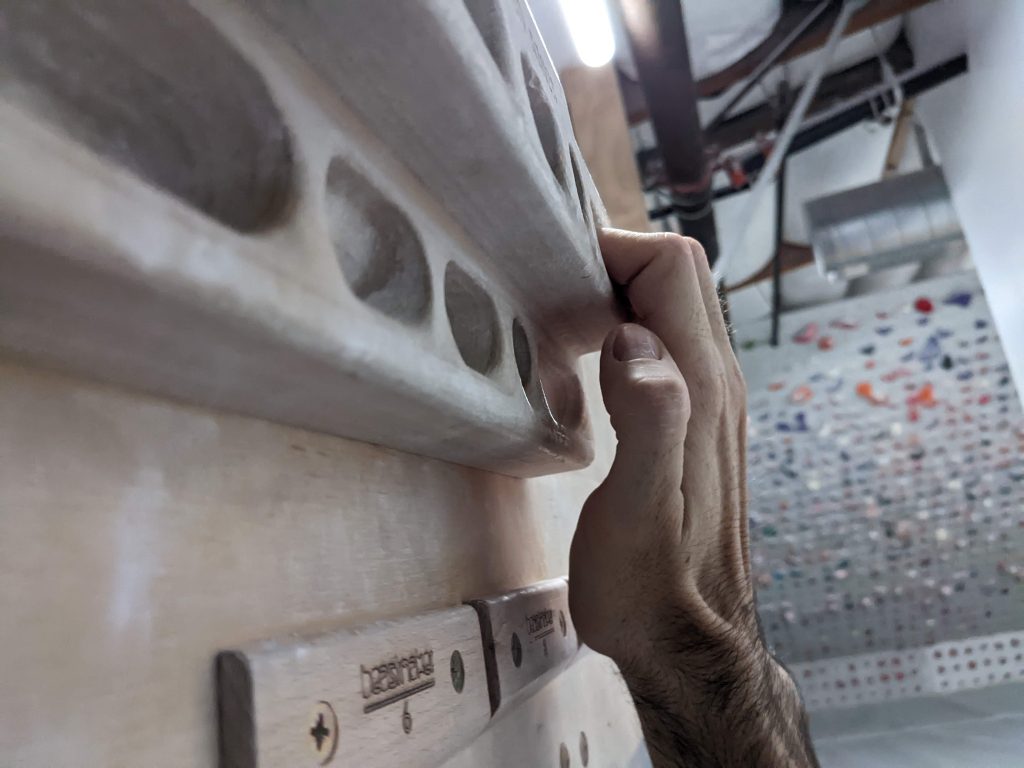
Beginner’s Guide to Safe and Effective Finger Strength Training
Share
Finger strength is crucial for climbers, but many beginners make the mistake of jumping straight into intense fingerboard training, risking injuries like trigger finger or tendonitis. Unlike muscles, tendons and ligaments take much longer to adapt to stress. Without proper conditioning, overloading them can lead to long-term damage.
Why Beginners Should Avoid Fingerboards
Fingerboards place extreme stress on untrained tendons and pulleys. New climbers lack the necessary tendon strength and neuromuscular control, making them prone to injuries. Instead, they should focus on low-intensity foundational exercises to build resilience gradually.
Safe Finger Strength Exercises for Beginners
1. Towel Hang
-
Drape a towel over a pull-up bar.
-
Grip both ends and hang with straight arms (feet can stay on the ground for support).
-
Hold for 10-20 seconds, focusing on an open-hand grip (fingers slightly curved, not fully crimped).
Benefits: Strengthens fingers, forearms, and grip while minimizing joint strain.
2. Door Frame Edge Hang
-
Find a sturdy door frame edge (or a thick ledge).
-
Use an open-hand grip and hang with feet lightly touching the floor.
-
Hold for 5-10 seconds, gradually increasing time as strength improves.
Benefits: Mimics climbing holds while reducing finger strain.
3. Grip Ball Training
-
Use a soft stress ball or climbing-specific grip trainer.
-
Squeeze and hold for 5 seconds, then relax. Repeat 10-15 times per hand.
Benefits: Improves endurance and blood flow to tendons without excessive load.
Training Frequency & Recovery
-
1-2 sessions per week (avoid back-to-back days).
-
Always warm up (wrist circles, light stretching).
-
Stretch forearms post-workout and use a massage ball to relieve tension.
Key Principles for Injury Prevention
✔ Progressive Loading – Increase intensity slowly (e.g., hang time or slight weight addition).
✔ Open-Hand Grip – Reduces strain on pulleys compared to full crimping.
✔ Rest & Recovery – Tendons need 48+ hours to recover between sessions.
By starting with these low-risk exercises, beginners can build finger strength safely and avoid setbacks. Remember: Patience prevents injuries! 🚀
